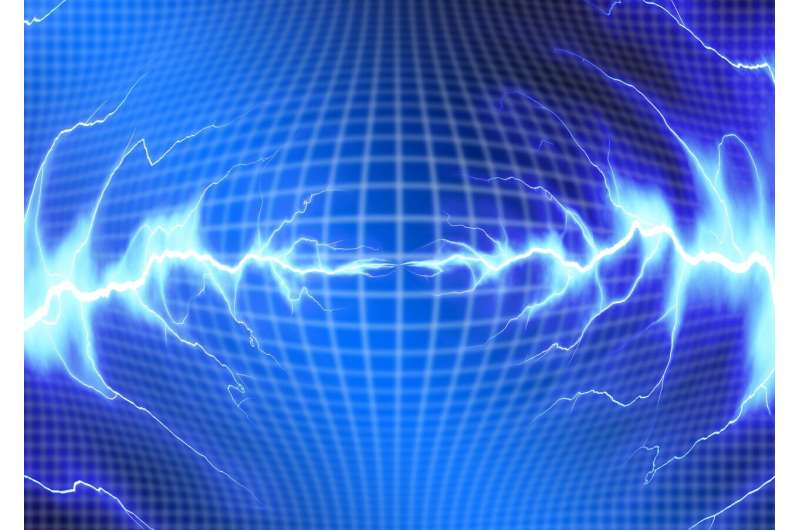
Every minute of every day, grid operators monitor the ebb and flow of electricity from generators to substations to homes, businesses, schools, hospitals and more. They make sure that the supply of electricity matches the current demand and often must make snap decisions if there's a disruption, such as a storm or equipment failure.
To make these decisions, grid operators constantly comb through data about regional grids and refer to visualizations of which power plants are generating how much energy and where that energy is flowing to. But these tools can be cumbersome and navigating them can slow down decision-making, said Shrirang Abhyankar, an optimization and grid modeling researcher at Pacific Northwest National Laboratory.
After hearing about these problems from colleagues in the utility industry, Abhyankar wondered, "How can we simplify the experience for grid operators who have to make so many decisions as they monitor the grid in real time?"
Inspired by the recent surge in question-and-answer generative AI tools, Abhyankar and former PNNL intern Sichen Jin set out to create a program wherein a grid operator could ask a question about the grid and get an easy-to-interpret answer.
Thus, "ChatGrid" was born.
Building an AI-powered grid visualization tool
Although AI tools are rapidly developing, they can't operate independently—they still need a human. Someday, there could be powerful AI-driven tools that can make snap decisions in grid operations. For now, grid operators could use a program like ChatGrid to distill vast amounts of information for easy consumption in real time. To find out information about the grid, a user asks ChatGrid a question such as "What is the generation capacity of the top five wind power generators in the Western Interconnection?"
In response, ChatGrid produces a visualization that will show the desired information. Users can ask questions about generation capacity, voltage, power flow and more, while customizing the visualization to show different information layers.
"We're envisioning a new way to look at data through questions," Abhyankar said. "ChatGrid allows someone to query the data—in a literal sense—and get an instantaneous answer."
ChatGrid runs on a publicly available large language model, which works a bit like the predictive text on a smartphone or in some email programs. An LLM is trained on massive amounts of text (English, in this case) from websites, books, newspaper articles, scientific articles, and more. By "reading" this vast amount of text, the model starts to "learn" about what words appear in context with other words.
For instance, to complete the sentence "The cat caught the _____," the LLM would learn from analyzing text that the word "mouse" would be a better fit than "fire truck." After being trained on this slew of data, LLMs can recognize questions or commands and supply answers it has deemed statistically relevant.
Abhyankar was inspired by how easy these programs are to use, and he and Sichen designed it with safety and trustworthiness at the top of their minds. For example, grid infrastructure data is highly sensitive, so he and Jin couldn't use that data to train the LLM. So they devised a way to keep the grid data safe: The team first compiled all their grid infrastructure data into their own internal database, with columns for data such as "capacity" or "location" of the power plants. They used the LLM to produce what's known as a "structured query language," or SQL, that would allow ChatGrid to search that internal database for answers.
So instead of being trained on the data itself, the LLM just knows there are columns with labels. That way, ChatGrid can still produce grid visualizations while keeping the nation's grid data safe.
Citation: ChatGrid: A new generative AI tool for power grid visualization (2024, February 22) retrieved 22 February 2024 from https://techxplore.com/news/2024-02-chatgrid-generative-ai-tool-power.html
This document is subject to copyright. Apart from any fair dealing for the purpose of private study or research, no part may be reproduced without the written permission. The content is provided for information purposes only.
